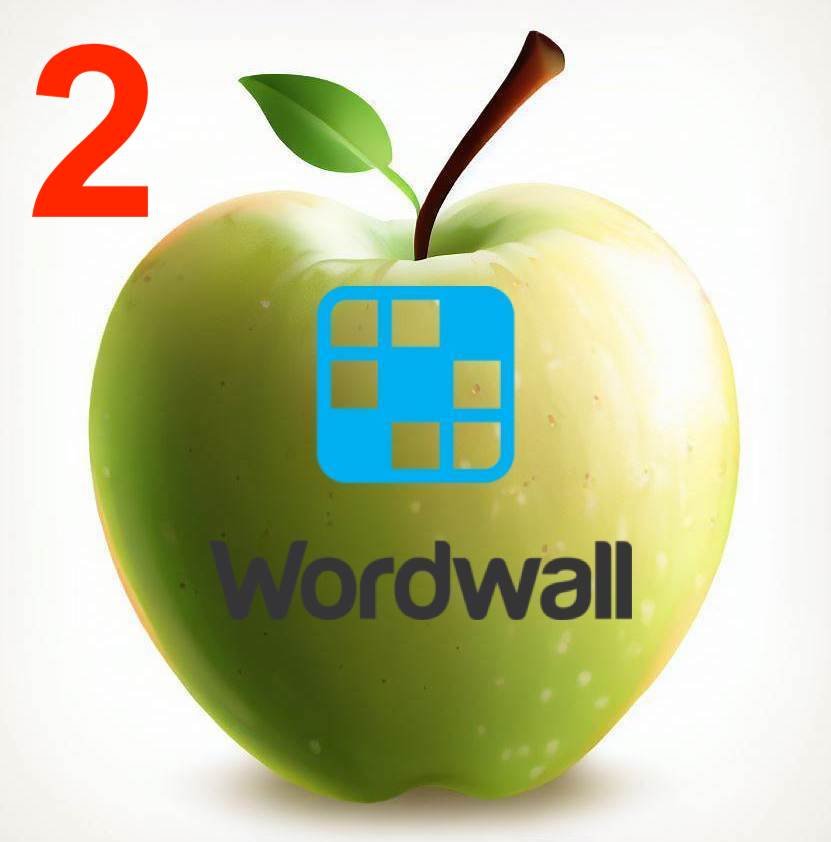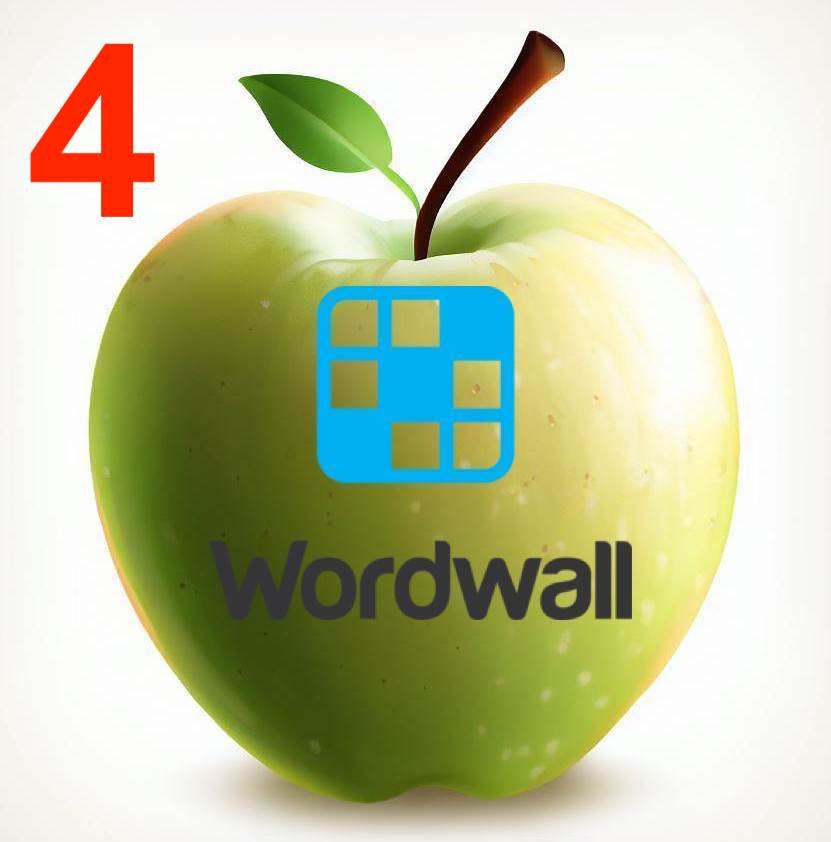
CAPITAL LETTERS
Capital letters are important in writing because they signal the start of your sentences and whether something is a proper noun. This helps with clarity and comprehension, making your writing more understandable.
Tutorial: Beginning to use capital letters
Tutorial: Becoming an expert with capital letters
Tutorial: Mastering capital letters
WORDWALL: Capital letters 1.
WORDWALL: How many capital letters are needed?
KAHOOT: Spot the capital letter mistakes - for beginners.
KAHOOT: Spot the capital letter mistakes - mid-range of difficulty.
KAHOOT: Spot the capital letter mistakes - more advanced.

FULL STOPS
Full stops, also known as periods in American English, are like the brakes in your writing. They help you control the pace and organise your thoughts into coherent sentences. This helps your message to be clear and understandable to your readers.
Tutorial: When a full stop is needed (not a comma!)
WORDWALL: Arrange the sentences about coral reefs.
WORDWALL: Arrange the sentences about reptiles.
WORDWALL: Identify and punctuate the sentences.

COMMAS
If full stops act like stop signs, commas act like speed bumps. They help guide the reader by indicating pauses, making your text more readable and understandable. Proper comma usage is essential for clear and effective communication.
Tutorial: Using commas with lists
Tutorial: Don’t comma splice
Tutorial: Using commas after introductory words, phrases and clauses
Tutorial: Embedded clauses
WORDWALL: Spot the comma splice mistakes.
WORDWALL: More comma splice mistakes.
WORDWALL: Rearrange the sentences using the comma clues.
WORDWALL: Rearrange the sentences using the comma clues (more challenging).
KAHOOT: Where do the commas need to go?
KAHOOT: Commas after introductory words or phrases, and for embedded clauses.
KAHOOT: Where do the commas need to go? More challenging.

DIRECT SPEECH
Direct speech reports exactly what was said by a person. With direct speech, the speaker's words are enclosed in speech marks — also sometimes referred to as inverted commas or quotation marks. They are often accompanied by a reporting verb, such as 'said’.
Tutorial: Setting out direct speech properly
Tutorial: Adding description in between your dialogue
Tutorial: The basics of punctuating direct speech
Tutorial: Punctuating direct speech accurately
Tutorial: Bringing characters to life through direct speech
WORDWALL: Synonyms for said Synonyms for said.
WORDWALL: Synonyms for said Synonyms for said - part 2.
WORDWALL: Arrange the words to create SPEECH FIRST sentences.
WORDWALL: Arrange the words to create SPEECH SECOND sentences.
WORDWALL: Arrange the words to create SPLIT SPEECH sentences.
WORDWALL: Build the direct speech with a focus on punctuation marks.
KAHOOT: Spot the mistakes in the direct speech punctuation.

APOSTROPHE OF CONTRACTION
Contractions are shortened forms of words or phrases in which certain letters or sounds are left out, and the missing letters are replaced by an apostrophe. Use contractions in your writing to convey informality, improve readability, and mimic natural speech.
Tutorial: Why we use the apostrophe of contraction
WORDWALL: Apostrophes of contraction.
WORDWALL: Can you write down the contraction?

APOSTROPHE OF POSSESSION
The apostrophe of possession is a crucial punctuation mark used to signify ownership or association in writing. Without apostrophes of possession, your sentences might be interpreted in different ways, so apostrophes of possession prevent this ambiguity.
Tutorial: Why we use the apostrophe of possession
Tutorial: Its v it’s
WORDWALL: Which sentences are correctly punctuated with apostrophes of possession?
WORDWALL: Can you sort those sentences that have been correctly punctuated with those that haven’t?
KAHOOT: Spot the apostrophe mistakes.
KAHOOT: Type the word with the apostrophe correctly positioned

THE DASH
A dash is a punctuation mark that looks like a long horizontal line (—). Dashes help make our writing more interesting. They are a handy way to add extra information or make certain words or phrases stand out.
Tutorial: Different ways to use a dash
WORDWALL: Use your understanding of dashes, to arrange the words into sentences - number 1.
WORDWALL: Use your understanding of dashes, to arrange the words into sentences - number 2.
KAHOOT: Work out what the dash has been used for.

THE HYPHEN
A hyphen is a tiny line that you sometimes see in words. It's shorter than a dash and looks like this (-). A hyphen is like a little helper that makes words and numbers easier to understand and read.
Tutorial: Why we use hyphens
KAHOOT: Find the hyphenated partners.
KAHOOT: Find the matching card.






